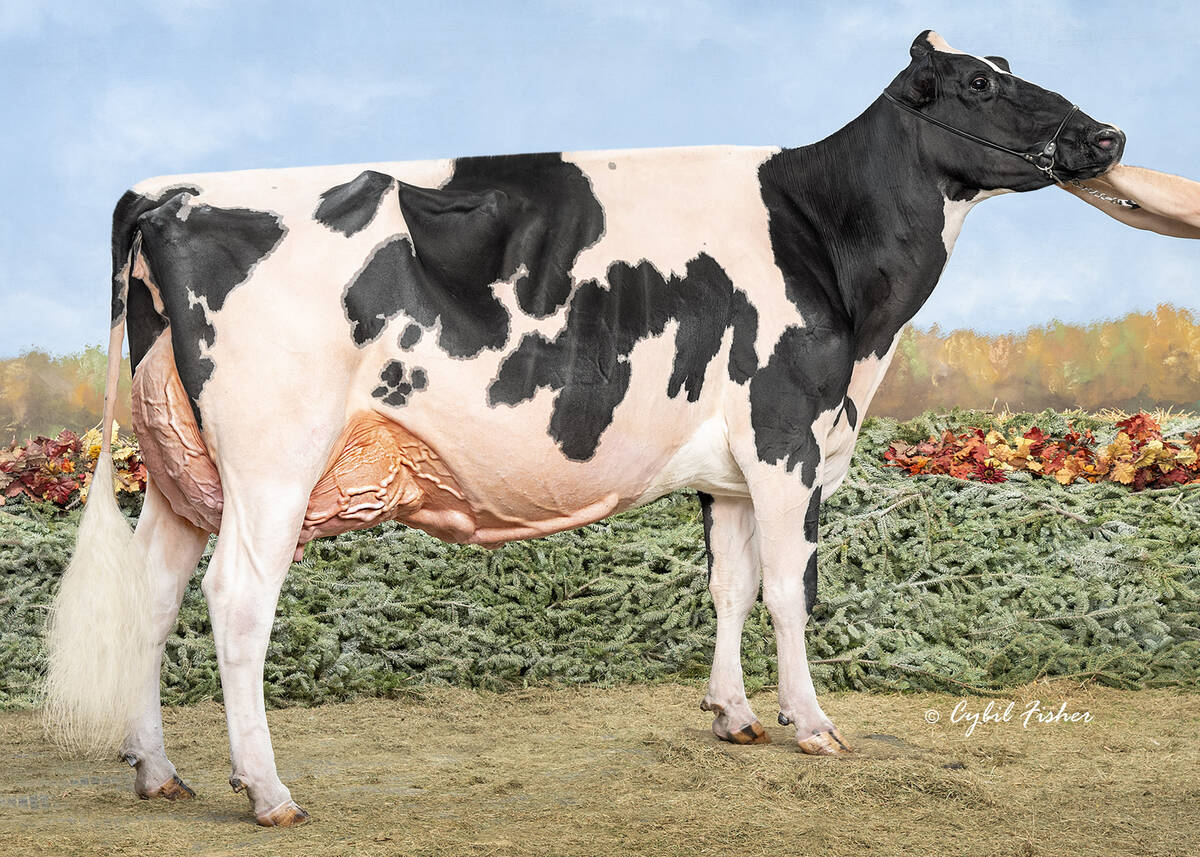Fourteen years ago, Rooney Godin looked at the farm industry he had been raised in and saw opportunity in all the grey-haired farmers around him.
“I decided to farm,” the chair of Saskatchewan Young Agricultural Entrepreneurs told MPs April 28 who were on a cross-country tour to discuss young farmer issues.
“Fourteen years later, those guys are still farming.”
However, he said there still is opportunity in the business because those older farmers will have to move on some day.
Read Also

Saskatchewan dairy farm breeds international champion
A Saskatchewan bred cow made history at the 2025 World Dairy Expo in Madison, Wisconsin, when she was named grand champion in the five-year-old Holstein class.
While panels of farmer witnesses offered various opinions during the three-hour hearing, one of the underlying themes unique to the Saskatchewan session was the complaint that older farmers who hang on are a big reason why it is difficult to attract new entrants.
Jason Ranger cited studies that showed as many as 30 percent of farmers say they will never retire.
“If we could find a way to encourage the over-65 crowd to sell or rent their land to young people, that would be a way to get more young people into farming,” he said.
Barb Stefanyshyn-Cote said program payments and farm supports should be designed to favour young and beginning farmers who have to compete with established farmers for land.
As farmers get older, she suggested, their access to government support would decline until by retirement age, they would be on their own.
“By the time they hit 65, let’s retire them. Don’t stay there until you die.”
Godin said government and the industry could entice young people to consider farming as a career by changing the sector’s public image.
“In Canada, everyone sees farmers as 65,” he said. “Take a younger farmer and make him the focus of the campaign.”
National Farmers Union youth president Kalissa Regier said government programs should be more supportive of small farmers because most beginning farmers are forced to start small due to entry costs.
However, she said focusing policies on consolidation and large operators in the past few decades has taken its toll. There has been a sharp decline in the percentage of producers under 35.
“This study is being conducted two decades too late.”
Regier said most young people are discouraged from farming because all their lives they have watched farmers struggling and smaller farmers throwing in the towel.
“The mechanisms to support small farmers are being eliminated.”
Around the table at the Saskatchewan meeting, as at hearings across the West last week, farmers agreed that existing safety net programs are not working for farmers, particularly young farmers.
Government-backed loan levels are too low to finance most entry costs, existing larger farmers receive the most benefit from support programs, AgriStability requires historic margins that beginning farmers do not have and AgriInvest requires investment funds that young farmers do not have.
There were disagreements about whether the Canadian Wheat Board wheat and barley monopoly hurts or helps young farmers and whether caps on program payments should be raised or lowered.
And as often was the case, older witnesses were more pessimistic than younger witnesses.
Ed Sagan, a third-generation grain farmer from Melville, Sask., said the growing debt load, loss of government support and input companies’ increasing power concentration all make the business unattractive.
“I have discouraged my children from farming,” he said.
“I have insisted they get a good education to give them other options. There will not be a fourth generation of Sagan running the farm.”
That probably was welcome news for the witnesses urging the older generation to move along.














